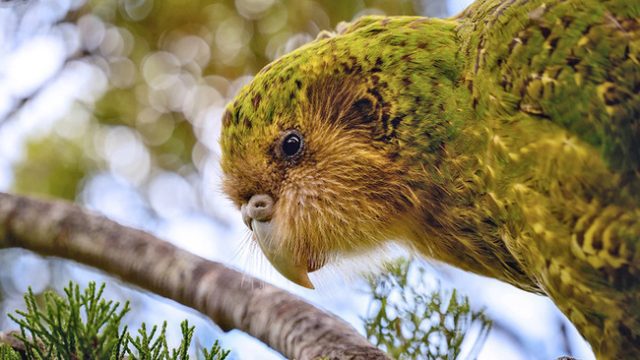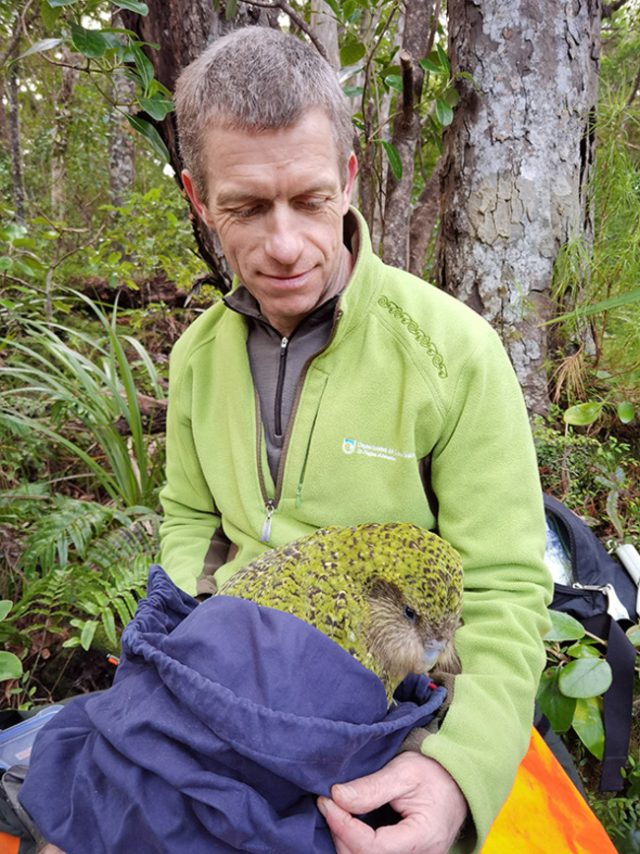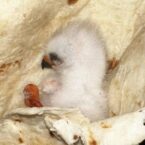
New Zealand’s kākāpō, the world’s heaviest parrot species, faced imminent extinction due to hunting, predators, and habitat loss in the mid-1900s. However, dedicated conservation efforts since the 1970s, focused on offshore islands where predators are systematically eradicated, have seen the kākāpō population grow from fewer than 60 in 1995 to over 200 today. With a keen interest in restoring the species to the mainland, the New Zealand Department of Conservation and Ngāi Tahu initiated a relocation project to the 8,400-acre Sanctuary Mountain Maungatautari, surrounded by one of the world’s longest pest-proof fences. This marks the first time in almost half a century that male kākāpō are back on the mainland. Researchers are closely monitoring their movements using GPS tracking, conducting health check-ups, and considering introducing females if the males show signs of successful adaptation.

The conservation efforts extend beyond physical relocation. Scientists are employing DNA sequencing to study the kākāpō’s genomic data, aiding in the understanding of genetic variations that influence chick development and identifying resistance to diseases like aspergillosis. This genomic data contributes to managing genetic diversity and resilience in the species. The success of these conservation initiatives relies not only on habitat relocation but also on the broader national initiative, Predator Free 2050, aimed at eradicating introduced predators by 2050. While challenges persist, the hope is that these comprehensive efforts will secure the future of the kākāpō and restore their presence to New Zealand’s mainland.


















